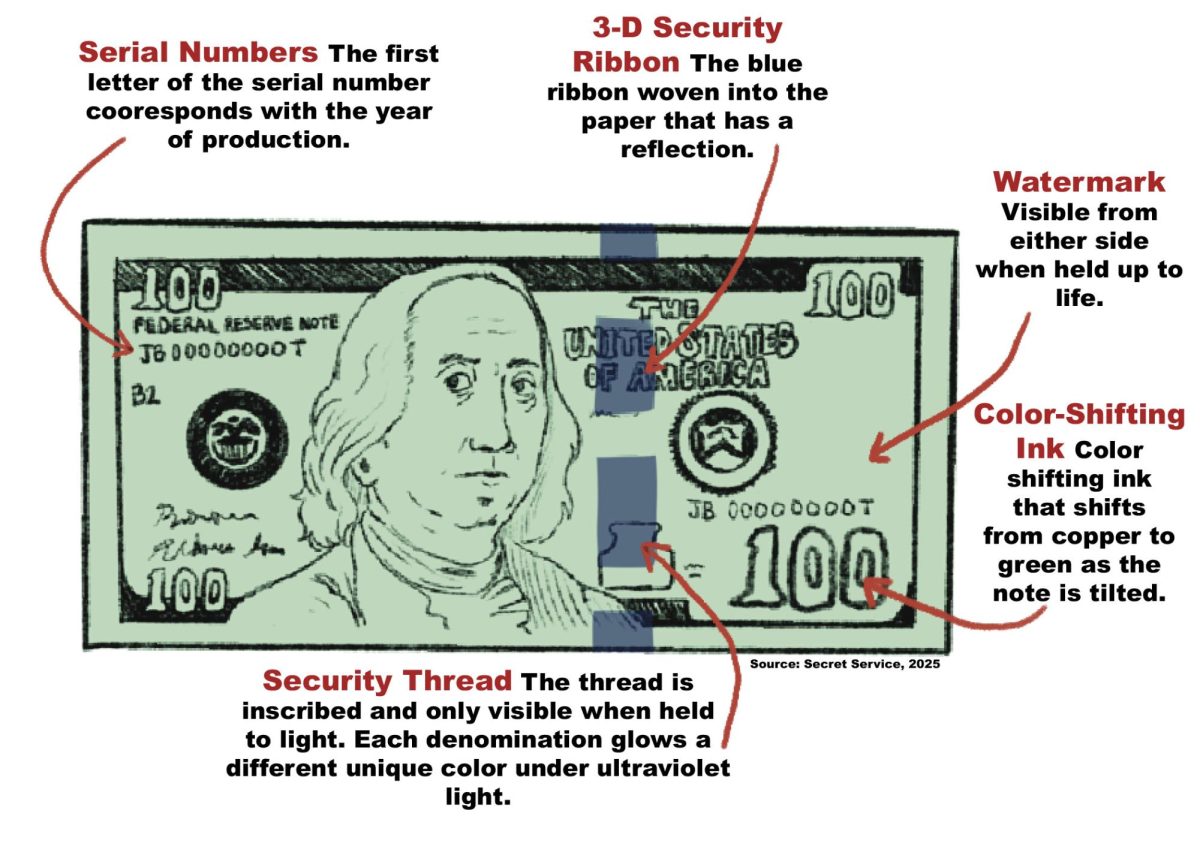Companies these days need things done faster, better, and with less error. One place where this really matters is Automated Invoice Processing. Rather than hours of typing invoice information manually, companies are now using intelligent tools to accomplish the task in minutes. And at the center of these tools are language models.
When it comes to deciding on the right model for the task, many people are asking: SLM vs LLM – which one is better for automating invoice processing?
Let us try and break it down in the simplest, clearest, most straightforward possible way.
Automated Invoice Processing: What Is It?
The invoices may take various forms: PDF or scanned image formats, and handwritten notes. Suppose a company is receiving hundreds of invoices from its suppliers every month. It is great to enter this in the system; however, this task can take many hours and lead to mistakes left and right.
Thus, Automated Invoice Processing reads, extracts, and classifies invoice data using AI and machine learning. The machine categorizes the details, such as vendor name, the amount due, the invoice number, invoice date, and many other things, it all being done automatically without any human help.
But how does the machine “read” such invoices? Language models will do the work.
What Are Language Models?
A language model is a computer program trained to understand human language. Think of it like a smart reader that can look at a document and know what the words mean.
When it comes to Automated Invoice Processing, two kinds of language models are often used:
- SLM (Small Language Model)
- LLM (Large Language Model)
Let’s look at both.
What is an SLM?
SLM stands for Small Language Model. It’s a light, fast, and focused version of a language model. SLMs don’t need too much computer power and can be trained quickly.
These models are often used in smaller systems, or when businesses need to keep things simple and local.
Why Choose an SLM?
- Speed: Since it’s small, it works quickly and responds almost instantly.
- Lower Cost: It doesn’t need expensive servers or cloud services.
- More Control: SLMs can run within your company’s own systems, so your invoice data stays private.
- Custom Friendly: You can teach it how your company’s invoices look, and it’ll get smarter over time.
When SLMs Fall Short
SLMs may not be the best choice if your invoices come in all shapes and sizes. They can struggle with very messy formats, handwritten notes, or unusual languages.
What is an LLM?
LLM stands for Large Language Model. These models are trained using massive amounts of data. They understand complex language and can even handle human-like conversations.
LLMs are super powerful and can be very helpful for companies dealing with lots of different invoice formats.
Why Choose an LLM?
- High Accuracy: LLMs are excellent at understanding different types of invoices, even if they’re handwritten or scanned.
- Language Support: If your business deals with invoices in multiple languages, an LLM can handle them all.
- Flexibility: LLMs can understand unusual layouts or rare formats. They’re also great at fixing small mistakes.
The Downsides of LLMs
LLMs are large, which means they often need cloud servers and high-end computers. They can also be more expensive and slower to respond. Plus, some companies worry about sending their invoice data to the cloud.
SLM vs LLM: Which One Do You Need?
Now that we understand both models, let’s talk about SLM vs LLM in the real world of Automated Invoice Processing.
If your business gets invoices in the same format from the same vendors every time, an SLM may be perfect. It’s simple, quick, and affordable.
But if your business is large, international, or handles invoices from hundreds of different sources, an LLM might be better. It will give you better results for complicated tasks, even if it costs more.
Real-Life Example
Let’s say a small business gets about 100 digital invoices each month. They all look similar and come from a few trusted suppliers. An SLM would be great here. It can quickly read and process each invoice without any need for a big setup or extra costs.
Now think about a large company that deals with thousands of invoices. Some are emailed PDFs, others are photos of handwritten bills. They also come from vendors in different countries. This is where an LLM shines. It can understand different languages, layouts, and even fix small errors in the invoice automatically.
How to Make the Right Choice
Still unsure which one to choose? Here are a few simple questions to help:
- Do you get invoices in many different formats? If yes, go for an LLM.
- Do your invoices come mostly from the same suppliers? Then an SLM should be enough.
- Do you care about keeping your data in-house? Choose an SLM that can run on your local systems.
- Are you okay with using cloud services and paying more for accuracy? An LLM may be worth it.
- Is speed more important than deep understanding? Then SLM is your friend.
Can You Use Both?
Yes, you can! Some smart systems use both SLMs and LLMs. For simple invoices, they use the SLM to save time and money. For the complex ones, they bring in the LLM. This way, you get the best of both worlds.
This combo approach is becoming more popular as businesses look for smarter ways to manage costs without losing accuracy.
The Future of Automated Invoice Processing
As AI continues to grow, both SLMs and LLMs will become even better. In the near future, you may not need to choose between them. You might get a single system that adjusts itself based on the type of invoice it sees.
Also, improvements in edge computing will let even large models like LLMs run safely on local systems, reducing privacy worries.
Final Thoughts
Choosing between SLM vs LLM depends on your business needs. There’s no “one right answer.” It’s about what fits your workflow, your invoice formats, and your budget.
But one thing’s clear: whether you pick a small model or a large one, moving toward Automated Invoice Processing is a smart move. It saves time, reduces human error, and frees up your team to focus on more important tasks.
Start small, learn what works for you, and scale when you’re ready. Either way, automation is the future—and the future is already here.



























































































































